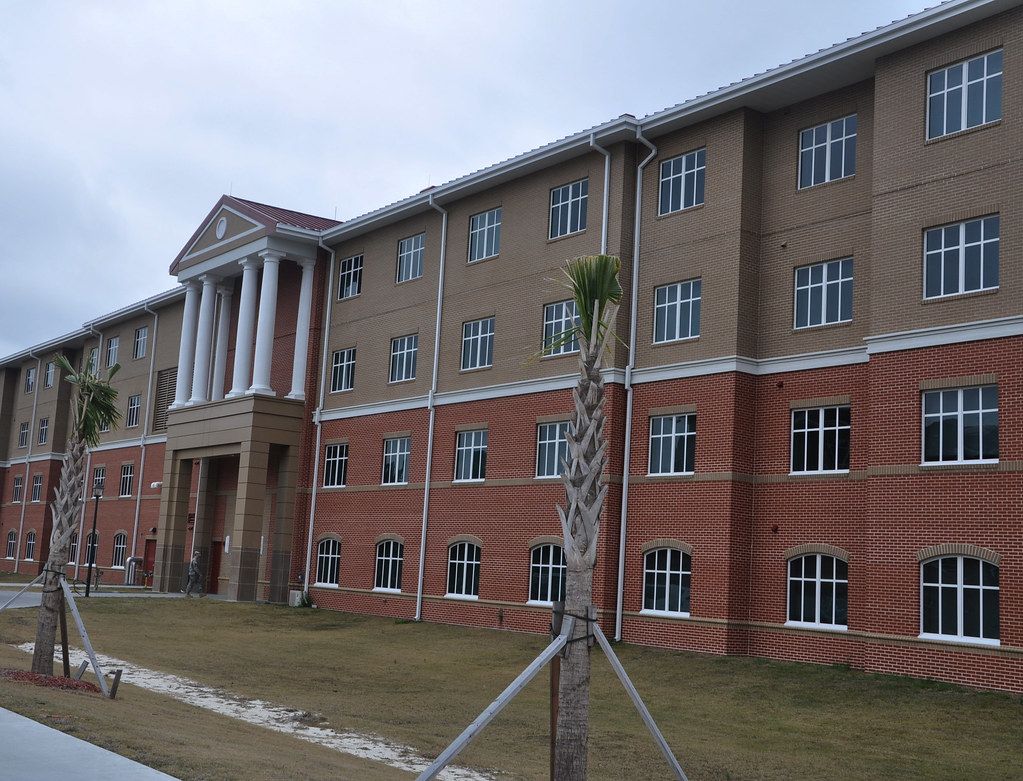
A somber atmosphere enveloped Fort Stewart in Georgia on Wednesday morning as a U.S. Army sergeant allegedly opened fire, wounding five fellow soldiers in an incident that rapidly unfolded and led to a brief lockdown of the sprawling military installation. The man accused of this grave act has been identified by officials as Sergeant Quornelius Radford, aged 28, who is currently in custody as investigations commence into the motivations behind the violence.
The shooting, which occurred shortly before 11:00 a.m. local time, took place within the 2nd Armored Brigade Combat Team (ABCT) area of the base, a location that also served as the alleged perpetrator’s workplace. Initial reports from the U.S. Army indicated that five soldiers sustained injuries, prompting an immediate and coordinated response from emergency personnel and law enforcement.
Following the critical incident, all five wounded soldiers received immediate treatment on-site before being transported to Winn Army Community Hospital. Brig. Gen. John Lubas, the commanding general of the 3rd Infantry Division and Fort Stewart-Hunter Army Airfield, later confirmed that two of the victims were moved to Memorial Health University Medical Center in Savannah for additional care, with three ultimately requiring surgery. Crucially, all five individuals are reported to be in stable condition and are expected to make a full recovery, a beacon of hope amidst the day’s distressing events.
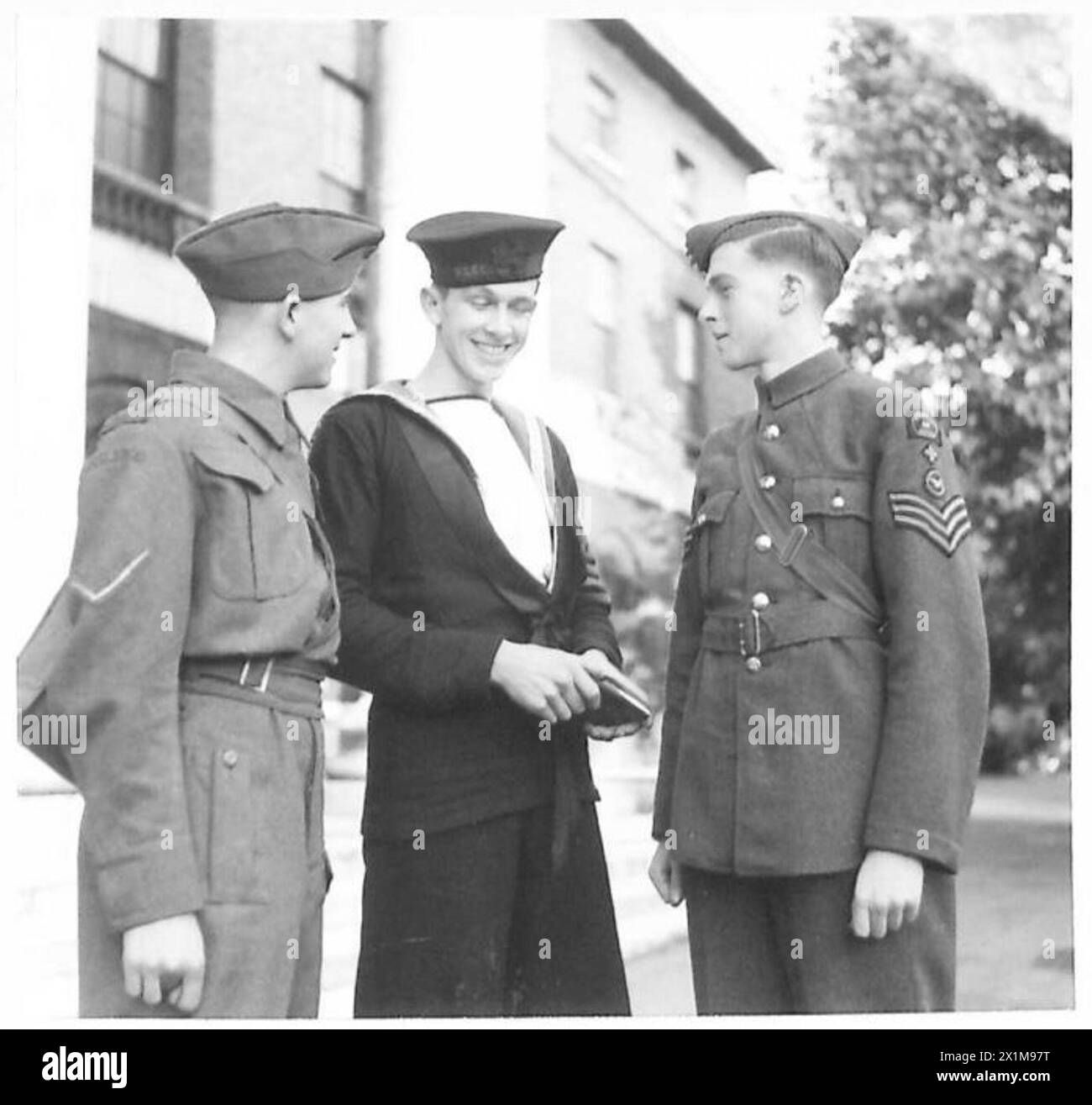
Sergeant Quornelius Radford, the individual at the center of the investigation, serves as an automated logistics sergeant within the 2nd ABCT. Originally from Jacksonville, Florida, Radford began his career in the regular Army as an Automated Logistical Specialist in January 2018, according to information released by the Army. His service record indicates he has never been deployed to a combat zone.
Radford has been assigned to Fort Stewart since 2022, holding a role that involves overseeing supplies and equipment, alongside the critical maintenance of supply data and records, as per the Army’s official website. While officials initially stated they were not aware of any prior behavioral issues or military disciplinary actions involving Radford before the shooting, new details have since emerged that paint a more complex picture.
One such detail concerns a prior arrest. On May 18, 2025, or simply in May as referenced by other accounts, Radford was arrested by the Georgia Department of Public Safety. The charges included driving under the influence (DUI) and failing to obey a traffic control device. A summons obtained by Fox News Digital revealed that Radford allegedly informed the responding officer he ran a red light because he urgently needed to use the bathroom. He was subsequently booked into the Liberty County Jail in Georgia, Fort Stewart being located in Liberty County, and later released on a $1,818 bond.
Intriguingly, Brig. Gen. John Lubas disclosed that this local DUI arrest was “unknown to his chain of command until the event occurred and we started looking into the law enforcement databases.” This absence of awareness within Radford’s immediate command raises questions about internal communication and the flow of information regarding soldiers’ civilian legal encounters, particularly for incidents that occur off-base.
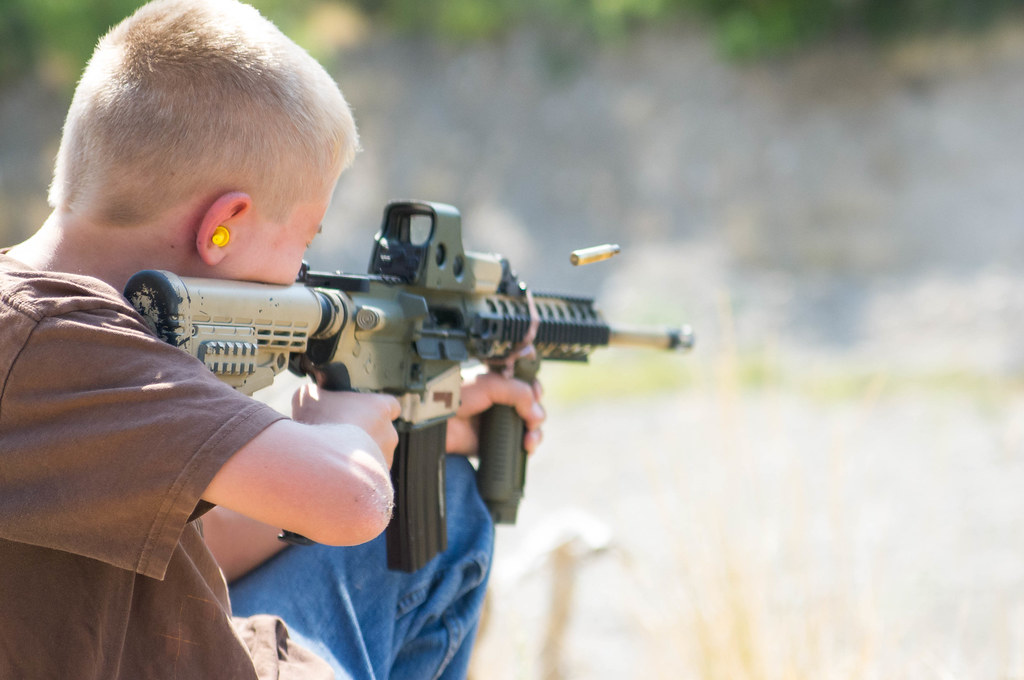
The weapon allegedly used in Wednesday’s shooting was a personal handgun, not a military firearm, as confirmed by Brig. Gen. Lubas. Further details from a law enforcement official briefed on the case indicated that the firearm was a 9mm Glock, which the suspect had purchased in Florida in May. The weapon, along with numerous shell casings, was recovered at the scene of the shooting.
A significant aspect of the ongoing investigation will focus on how Sergeant Radford managed to bring a personal weapon onto the highly secure military installation. Brig. Gen. Lubas acknowledged this challenge, stating, “We’re going to have to determine how he was able to get a handgun to his place of duty.” He emphasized the base’s security measures, noting, “As you can see here at our gates, we have armed guards in protective equipment,” highlighting the apparent breach of typical military regulations that prohibit carrying personal firearms on base.
Accounts from law enforcement officials briefed on the case shed light on a potential precursor to the violence. It is alleged that Radford had a disagreement with one of the victims on the day prior to the shooting. On Wednesday morning, he reportedly followed this specific coworker to a maintenance area and shot the person in the chest, before proceeding to shoot four other individuals. The motive behind the shooting, however, remains officially “unclear” or “not certain,” despite these preceding events.
In a development that provides a glimpse into the suspect’s personal life, Eddie Radford, the suspect’s father, informed The New York Times that he had not observed any recent unusual behavior in his son. He did, however, convey that his son had reportedly voiced complaints to the family about alleged racism at Fort Stewart and had been seeking a transfer. While this information has been reported, it is presented as the father’s account, and Fort Stewart officials have not publicly commented on these specific allegations.
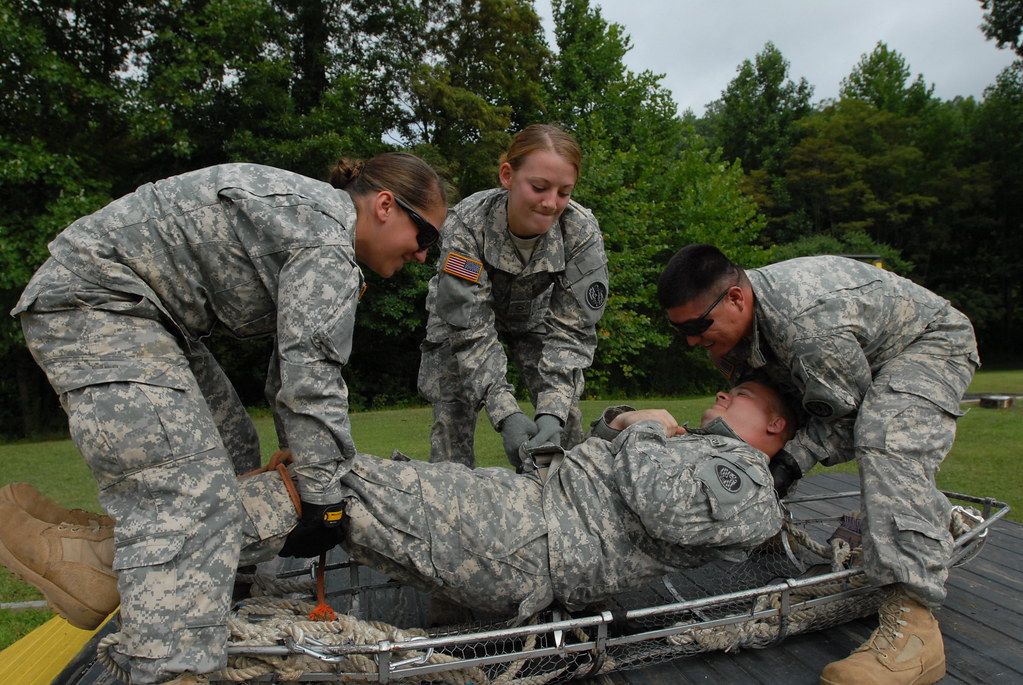
The immediate response from fellow soldiers on the scene proved pivotal in containing the situation and preventing further harm. Brig. Gen. Lubas lauded their heroism, stating, “Soldiers in the area that witnessed the shooting immediately and without hesitation tackled the soldier, subdued him. That allowed law enforcement to then take him into custody.” He unequivocally credited these quick-thinking soldiers, asserting, “These soldiers, without a doubt, prevented further casualties or wounded.” Radford was apprehended at 11:35 a.m. local time, approximately 30 to 40 minutes after shots were first reported.
Following his apprehension, Sergeant Radford was placed into pretrial confinement. He has since been interviewed by the Army Criminal Investigation Division (CID) and is currently awaiting a charging decision from the Army Office of Special Trial Counsel (OSTC). This body is described by military officials as comparable to the U.S. Attorney’s Office for the Army, responsible for reviewing evidence and drawing up charges.
The legal proceedings will unfold under the Uniform Code of Military Justice (UCMJ), a system distinctly separate from civilian law. Retired Gen. Ty Seidule, a CNN analyst, explained that under the UCMJ, the military maintains its own judges, prosecuting counsels, investigative agencies, and police. He noted, “He now falls under the Uniform Code of Military Justice – a completely different justice system than every other (civilian) person has.” For serious crimes, soldiers may face a court-martial, which is akin to a civilian criminal trial. If convicted of a serious offense, Radford could face imprisonment in a military prison.
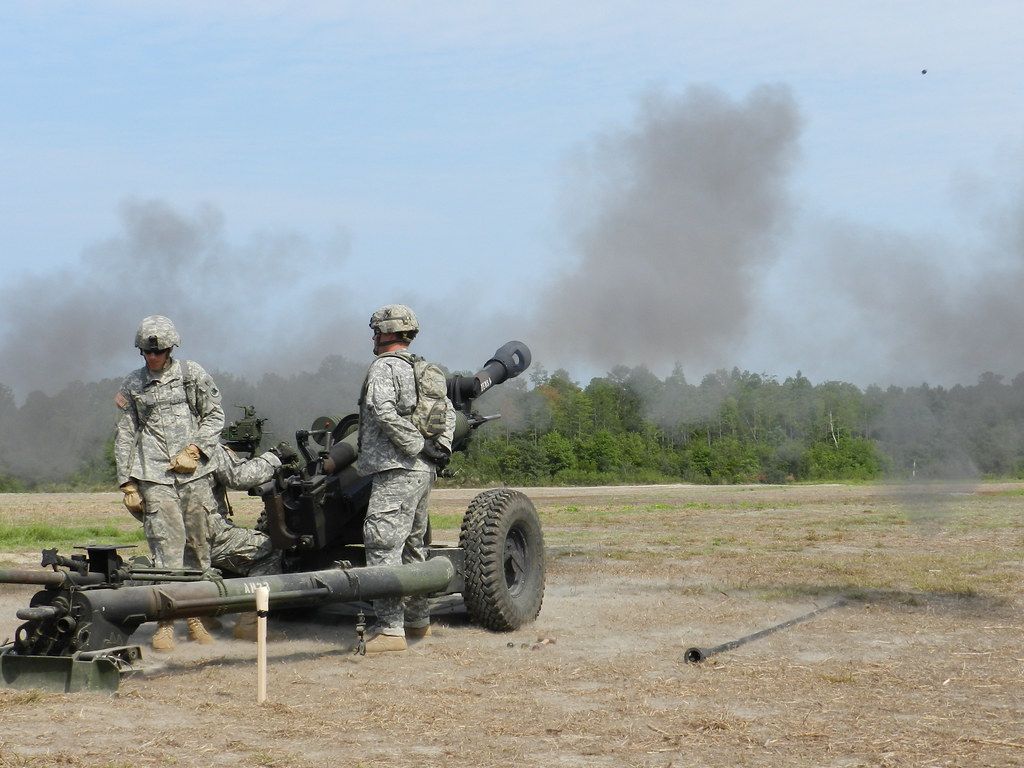
The incident at Fort Stewart drew swift reactions from national leadership. President Donald Trump, speaking before remarks about an Apple investment in the Oval Office, expressed deep concern for those affected. He stated, “Five people were seriously wounded and two very, very seriously hurt around 11:00 this morning. The shooter is now in custody, and the Army Criminal Investigation Division is on site to ensure that the perpetrator of this atrocity, which is exactly what it is, will be prosecuted to the fullest extent of the law.” The President added, “The entire nation is praying for the victims and their families, and hopefully they’ll fully recover, and we can put this chapter behind us. But we’re not going to forget what happened. We’re going to take very good care of this person who did this — ha orrible person.”
Defense Secretary Pete Hegseth also weighed in on the events, describing the incident as a “cowardly shooting” in a post on X. He extended “profound gratitude to the law enforcement heroes who charged into danger” and vowed that “Swift justice will be brought to the perpetrator and anyone else found to be involved.” The Federal Bureau of Investigation (FBI) is also coordinating with the Army Criminal Investigation Division to assist with the investigation.
Fort Stewart itself is a significant military installation, recognized as the largest Army post east of the Mississippi River. Situated approximately 40 miles southwest of Savannah, Georgia, it serves as home to thousands of soldiers assigned to the Army’s 3rd Infantry Division, along with their families. The base supports a community exceeding 10,000 individuals, encompassing soldiers, family members, and Army civilian employees.
The 2nd Armored Brigade Combat Team, also known as the “Spartan Brigade,” is a key component of Fort Stewart’s operational capabilities. The Army has lauded this unit as its “most modern land fighting force.” Established in 1917, the Spartan Brigade has a rich history, participating in combat during World War I and seeing action in various global theaters, including Germany, Kuwait, Iraq, Afghanistan, and throughout Africa, engaging in military strikes, humanitarian assistance, and reconstruction efforts. In 2016, the Army selected the Spartan Brigade for conversion into the 15th Armored Brigade Combat Team, transforming it into a modernized tank brigade.
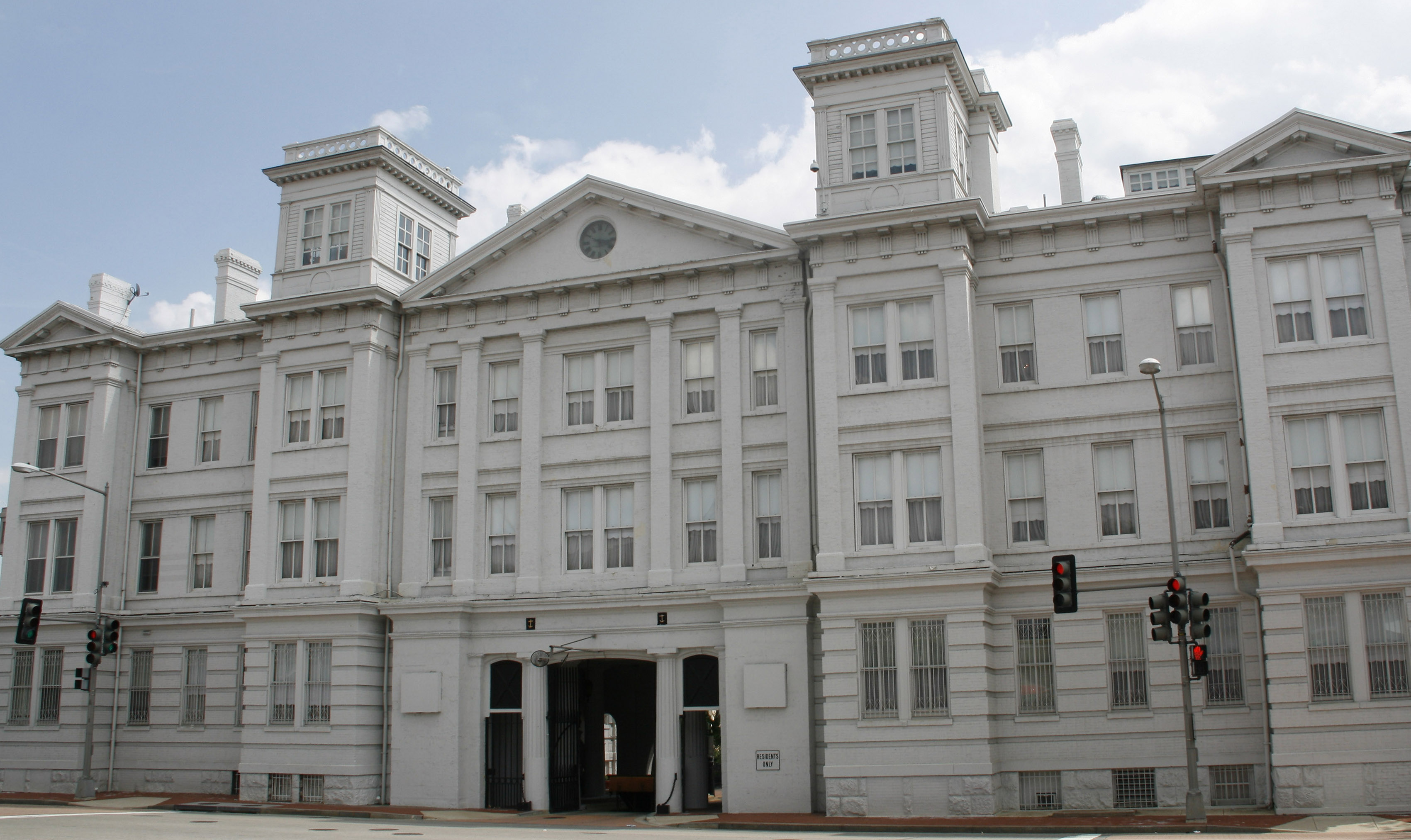
This incident at Fort Stewart is regrettably not an isolated event within the landscape of U.S. military installations. It marks the “latest in a string of violent incidents at US military bases in recent years,” prompting renewed scrutiny and concerns regarding safety and security protocols within the armed forces’ own walls. Previous tragic occurrences include a 2009 attack at Fort Hood, Texas, where a U.S. Army psychiatrist killed 13 people and wounded over 30.
Other notable incidents include a 2013 attack at Washington Navy Yard, where a defense contract worker and former Navy reservist killed 12 people before being killed himself. In 2014, another soldier opened fire at Fort Hood, killing three service members and wounding more than a dozen before taking his own life. More recently, in 2019, an aviation student opened fire at Naval Air Station Pensacola in Florida, resulting in three deaths and a dozen injuries. Just days prior to the Pensacola incident, a U.S. Navy sailor shot two people to death before committing suicide at Pearl Harbor, Hawaii. Even within Fort Stewart itself, a previous incident in December 2022 involved a soldier shooting and killing a sergeant, using a personal handgun, with the shooter subsequently charged with murder in military court, both serving in the 2nd Brigade Combat Team of the 3rd Infantry Division.
As the investigation into Sergeant Radford’s actions progresses, the Fort Stewart community grapples with the aftermath of Wednesday’s violence. Officials have reiterated their commitment to supporting the injured soldiers and their families, as well as the broader “Spartan brigade” community. While the immediate threat has been neutralized with Radford in custody, the precise motivations behind the shooting remain elusive, leaving a multitude of questions for military investigators to address. The incident serves as a stark reminder of the complexities inherent in maintaining security and addressing internal challenges within the nation’s military infrastructure, a system designed to project power outwards but also vulnerable to internal discord.
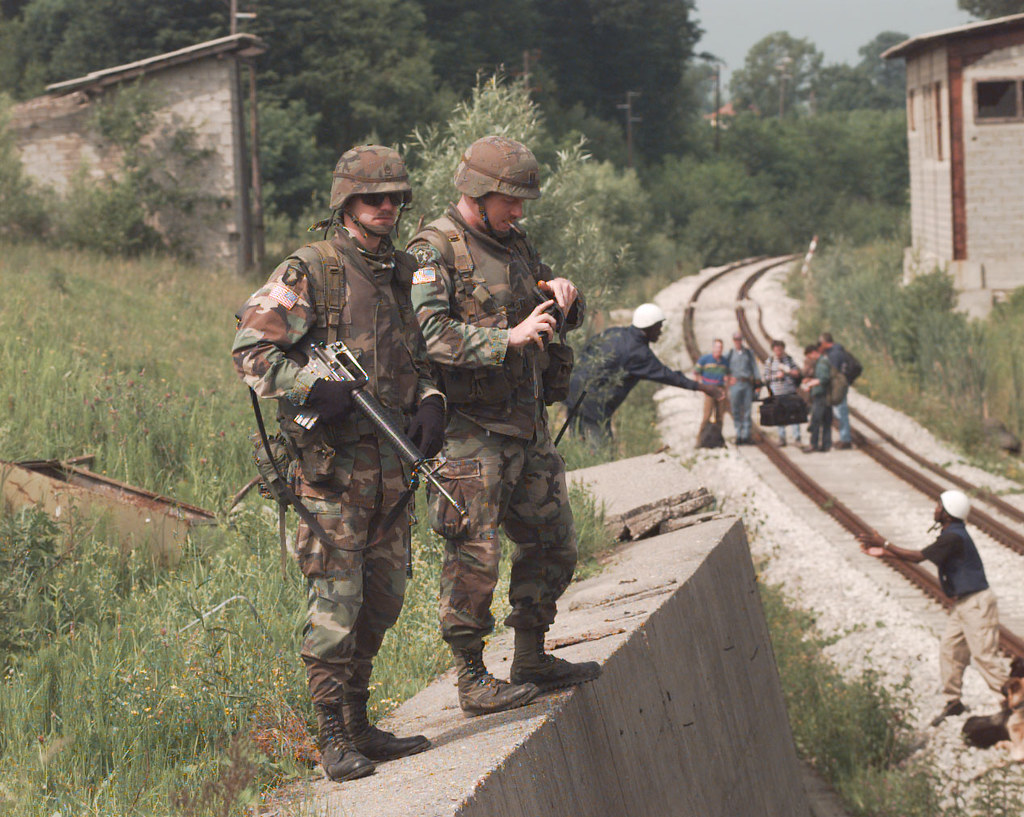
Moving forward, the Army Criminal Investigation Division and the Office of Special Trial Counsel will meticulously review the evidence to determine the appropriate charges, culminating in a court-martial that will hold Sergeant Radford accountable under the distinct framework of military justice. The broader implications of this incident, touching upon individual conduct, mental well-being, base security, and the integration of civilian records into military oversight, will undoubtedly be subjects of ongoing analysis within the Department of Defense and beyond, as the Fort Stewart community works to heal and fortify its defenses against future tragedies.



